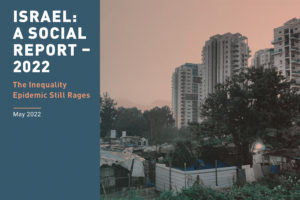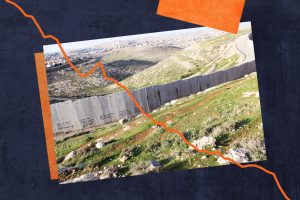Just like the US, Israel too has a top 1%. Their power is one of the main reasons behind the government’s continued inaction regarding inequality. Yet, Israel has another elite group, the political top 1%
In recent years it has become clear that Israel, like the US, has a top one percent of some 85,000 persons whose wealth has been increasing far more than that of the general population.
Just like in the US, the power of this economic top one percent is one of the main reasons behind the Israeli government’s continued inaction regarding inequality.
Yet, Israel has another elite group – the political top one percent.
This group is composed of “ideological” settlers, estimated at 60,000-80,000 people. It is similar in size to the economic top one percent.
Despite its small size, the political leaders of this group possess significant power in Israel. They can veto political processes including attempts to resolve the Israeli-Palestinian conflict.
The two top one percentiles are very different – socially and politically. During the 2nd Rabin government, the economic top one percent was a strong supporter of the Oslo Accords, while the political top one percent fought vigorously against it.
While one top one percent group supports a political settlement, hoping for economic stability and a boost for growth, still, it is comfortable with the current state of things; the other opposes any type of political compromise and leverages every violent confrontation to solicit legitimation for its position. One actively engages in weakening the public social services system, through cuts in the national budget, privatization of public services, exclusive schools, and private healthcare; the other remains unaffected by neoliberal policies, enjoying as it does large budgetary allocations for security, transportation, education and municipal budgets.
Moreover, some members of the top economic elite group profit from the activities of the top political elite group – construction companies, security corporations, and the like.
Different and far apart as they may be, the two elite groups are parts of one national whole and must be considered in order to understand the dichotomy that is Israel: a highly developed country that on the one hand ranks high on the GDP scales of the Organization for Economic Cooperation and Development, and that on the other, has one of the highest poverty and inequality rates.
For further reading: “The Price of the Occupation” by Dr. Shlomo Swirski and Adv. Noga Dagan Buzaglo.




